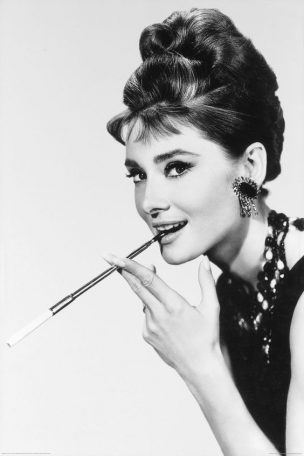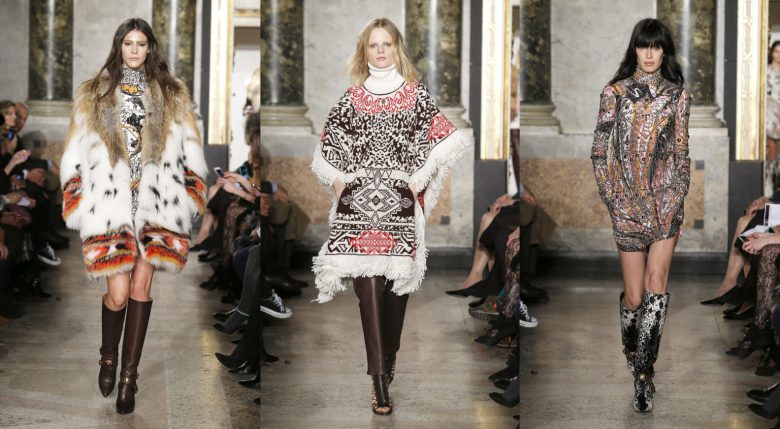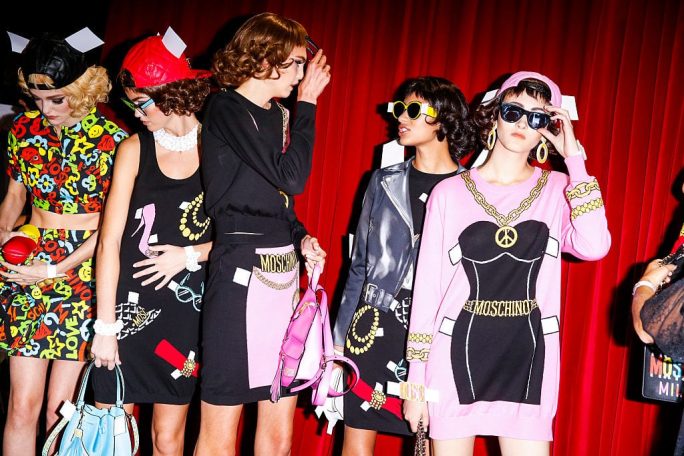The Australian Women’s Weekly is an icon. Since 1933, it has informed and influenced the way Australian women dress, cook, knit, shop and look after their families and covered important global and local events on its covers and within its pages

The Weekly has featured the ever-changing trends of women’s fashion for over 90 years. In recognition of the important role The Weekly has played in documenting popular culture and news events from an Australian perspective, the National Library of Australia has published this beautifully illustrated book which celebrates the first five decades of the magazine’s coverage of Australian fashion.
The author, Deborah Thomas, one of Australia’s most successful and experienced magazine editors and a former Editor-in-Chief of The Weekly, shares her insights into the magazine and Australian women from 1933 to 1982. She is joined by Kirstie Clements, author and former Editor-in-Chief of Vogue Australia, who adds her fashion expertise to the mix.

‘Writing the book became a labour of love for us both, as we pored over the wonderful illustrations, nostalgic ads and glamorous fashion photographs featured in early editions of The Weekly, many of which are now published in this book,’ explains Deborah.
‘It was fascinating to study these exquisite images and put them into the context of the cultural and political changes that influenced the designers and women of the time—to uncover elegant and often quirky fashion nuances that revealed so much about the role, aspirations and status of women in each decade, as seen through the pages of The Australian Women’s Weekly.’
From the elegant outfits of the 1930s to the Hollywood-inspired evening gowns of the 1950s, from the psychedelic patterns and micro-minis of the 1960s to the bold and bohemian styles of the 1970s, this book charts the development of Australian fashion.
The clothes, hats and hairdos that appeared in the pages of The Australian Women’s Weekly in the early 1930s often imitated the style of American socialite Wallis Simpson – a leading trendsetter who would later become the Duchess of Windsor – and her royal sister-in-law, Elizabeth Bowes-Lyon, who became Queen after King Edward VIII’s abdication. Australian women were enthralled and inspired by these two very different women who were featured extensively over the decades in the magazine.
During The Second World War class barriers broke down and characters such as the American icon ‘Rosie the Riveter’, with her hair tied in a factory scarf, became chic as women from all walks of life joined the war effort. Practical and comfortable clothes enabled women to be suitably dressed to take on jobs that the men had left behind. Influenced by military uniforms, the look for women moved further towards the masculine, with trousers becoming popular.
Despite the trend towards workwear, there was still enormous pressure on women to look their best, both for national morale and to cheer up soldiers on leave. Film and Film stars continued to play a big part in determining the ways women dressed and behaved, as governments around used the movies as a vehicle for military propaganda. Particularly appealing to the troops, actress Betty Grable’s iconic swimsuit poster became the number one pin-up during the war. So popular were these posters that swimsuit illustrations and photographs began to appear on magazine covers, in fashion spreads and in advertisements.
Two overly feminine silhouettes became dominant as fashion moved into the post- Second World War decade. The first emphasised the waist, with a tightly fitted bodice that define and accentuated the breasts, a natural shoulder line and a very full calf length skirt. The second featured the same bodice but with a slimline pencil skirt. Full skirts appeared throughout the decade, in various incarnations for both day and evening, the drama often dependant on the number of petticoats. The full-circle skirt was commonly paired back with a tightly belted shirt, redolent of the incomparable Audrey Hepburn in Roman Holiday (1953).

The promotion of the tiny waist meant that corsetry was more important than ever and dedicated fashion followers relied on what the magazine dubbed ‘eight-inch-deep waist restricting waspies’. The wearing of some type of girdle was non-negotiable, so as more mature women stayed with fine-boned corsets, younger women moved towards lightweight pull-on panty girdles to help them create a slimmer figure.
The 1950s saw Paris begin to lose its dominance over high fashion, with American designers championing a more casual sporty look that translated particularly well for Australia’s relaxed, outdoor lifestyle. Sweater dressing in all forms was pivotal, from classic twinsets to fuzzy pastel angora, Nordic-inspired apres ski sweaters and chunky double-breasted cardigans with horn buttons. Italian designers such as Emilio Pucci promoted a sunny, vibrant holiday feel in sportswear of bold prints and bright colours. The Weekly quickly interpreted this playful mood, with covers that celebrated Australia’s coastal playgrounds.

The economic boom of the 1950s heralded a return to glamour. ‘After five’ dressing demanded a sense of theatre that created a distinct difference between daywear and the spectacular gowns worn to elegant evening soirees. As The decade marched on, the deprivations endured in the aftermath of the war ended, and fashion designers could afford to be increasingly decadent with their creations. The 1950s was arguably the most glamorous decade in fashion, especially in terms of evening gowns. The drama of gowns was reminiscent of eighteenth and nineteenth century costume with a liberal dash of Hollywood.
Graphic designs featuring clean geometric patterns were popular in the 1960s and increased the visual impact of the garments they adorned. Designs were simplified, with the A-line mini-dress the most popular style of the day. With the shorter styles in dresses and skirts, new, lacy styles in hosiery became a major focus. Tights were black, white, patterned and coloured. While they were a fun fashion accessory, they were also essential for some modesty as the mini became super micro.
The women’s liberation movement encouraged individually as a more empowered female pushed for equality and her right to self-expression. The dolly bird, with her ‘little girl’ look, was replaced in the 1970’s by the politically aware and more confident bohemian babe. The previously rigid geometry of the 1960s eased into the flowing lines of full length gypsy gowns of the hippy generation worn with matching headscarfs. The Granny dress with its high piecrust frilled neck also proved to be a big hit.
Patterns in the 1970s began to match and clash and previously unseen pairings were all the rage- paisley with geometric, florals with stripes. The lovely eccentricity of the 1970s entered a more conservative path towards the end of the decade. The sassy politicised free spirit was just about to enter the corporate world. It was the onset of what would come to be known as ‘power dressing’, as women turned their eyes towards the boardroom.
Australian fashion had come of age in the 1970s but there would soon be a swing towards a new conservatism in the 1980s. This shift would be largely influenced by Diana, Princess of Wales, who would go on to become the most photographed women in the world and be featured on more covers of The Weekly than any other person in the magazine’s history.
The Australian Women’s Weekly Fashion: The First 50 Years, by Deborah Thomas with Kirstie Clements. National Library of Australia, 2014. $34.99 RRP
Available at all good book stores and online http://bookshop.nla.gov.au









